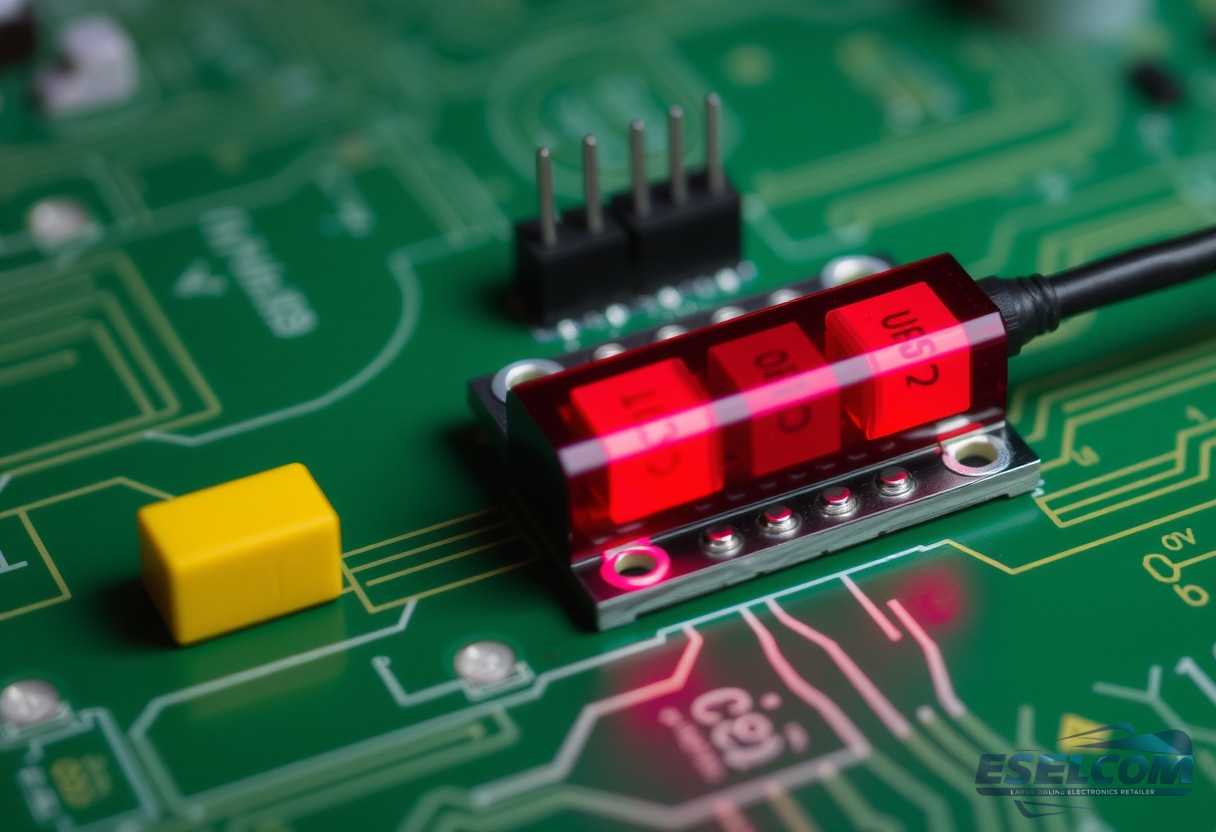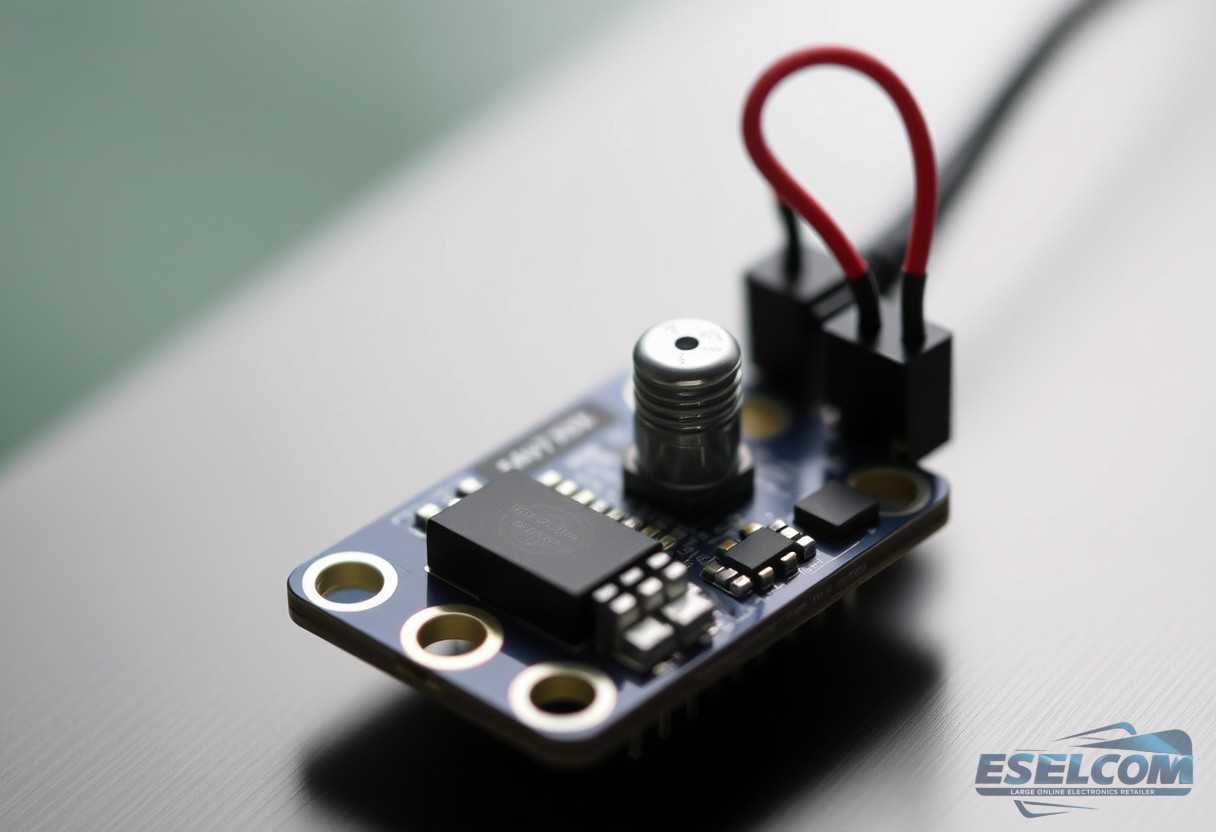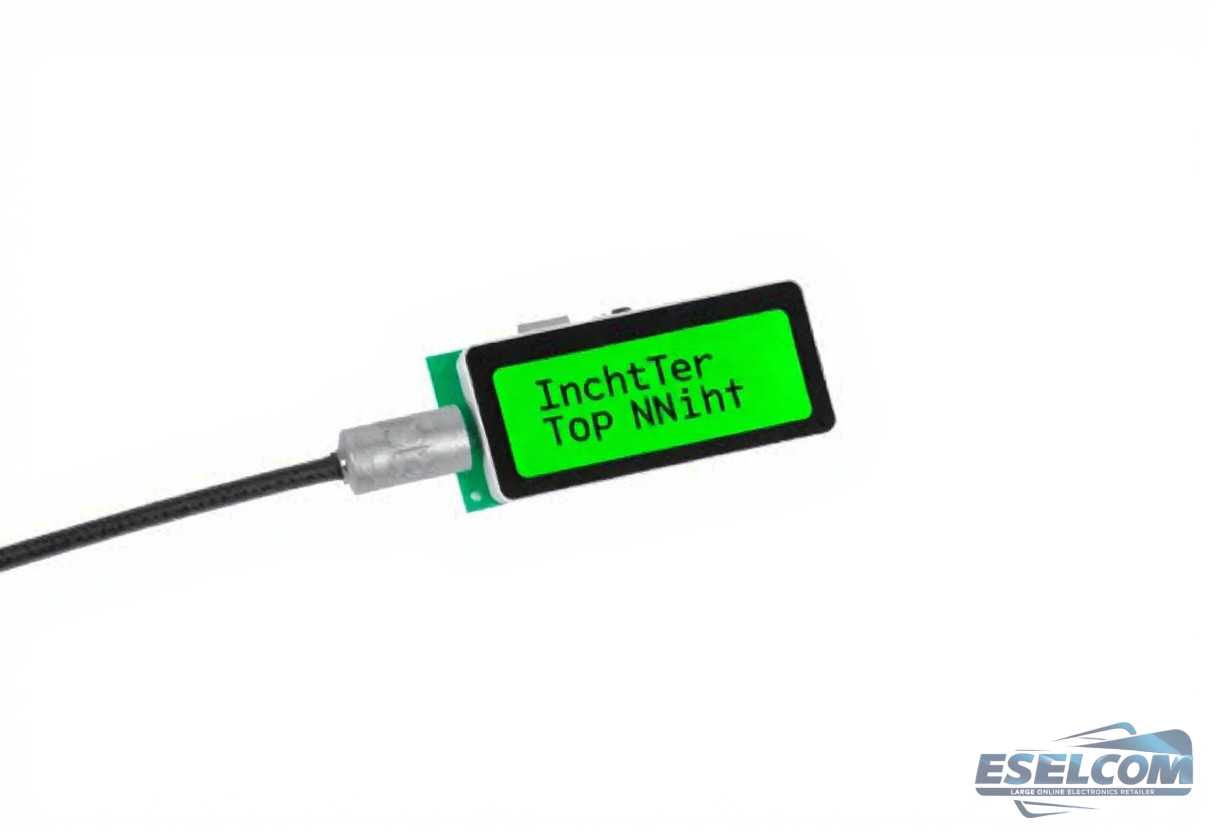Top 10 Sensors Every Electronics Hobbyist Should Know
In the realm of electronics, sensors play a vital role in collecting data from the environment, making them indispensable for hobbyists and professionals alike. Whether you are building a simple robot or developing an intricate automated system, understanding essential electronics sensors is crucial for successful project implementation.
This guide enumerates the top 10 sensors that every electronics hobbyist should be familiar with. We will explore their functions, applications, and specifications, providing insights that pave the way for creative and innovative projects.
1. Temperature Sensors
Temperature sensors are fundamental in various applications, from climate monitoring to industrial control systems. These sensors measure the thermal state and help maintain environmental conditions.
Types of Temperature Sensors
- Thermocouples: These are versatile and widely used due to their wide temperature range and durability.
- Thermistors: They provide high sensitivity with a non-linear response, making them suitable for precise temperature readings.
- Digital Temperature Sensors: Devices like the DS18B20 offer easy integration with microcontrollers, providing digital output directly.
Applications
Temperature sensors are critical in appliances, climate control systems, and medical devices. For example, the PS8501-AX sensor provides accurate temperature readings, which are essential for HVAC systems.
2. Pressure Sensors
Pressure sensors measure various types of pressure, such as atmospheric, gauge, or differential pressure. They are essential in automotive, aerospace, and weather monitoring applications.
How They Work
These sensors operate by converting pressure into an electrical signal, which can be measured and recorded. Various technologies are employed, including piezoresistive, capacitive, and optical methods.
Applications
- Environmental monitoring
- Aerospace applications
- Hydraulic systems
3. Proximity Sensors

Proximity sensors detect the presence of nearby objects without physical contact. They are commonly used in automotive applications and industrial automation.
Types of Proximity Sensors
- Inductive Sensors: Used for metal detection.
- Capacitive Sensors: Suitable for detecting both metallic and non-metallic objects.
- Ultrasonic Sensors: Measure distance using sound waves, ideal for complex environments.
Applications
Proximity sensors are used in mobile devices, robotics, and automated manufacturing. Their ability to detect objects enhances safety and efficiency in operational settings.
4. Light Sensors
Light sensors detect and measure light intensity. They are widely used in applications such as photography, display automation, and environmental monitoring.
Types of Light Sensors
- Photodiodes: Semiconductor devices that produce a current in response to light exposure.
- Phototransistors: Similar to photodiodes but provide amplification, making them suitable for varied applications.
- LDR (Light Dependent Resistor): A passive device that changes resistance based on light levels.
Applications
Light sensors are pivotal in automatic lighting systems and smart home applications. The integration of these sensors can significantly improve energy efficiency by adjusting lighting based on available sunlight.
5. Ultrasonic Sensors
Ultrasonic sensors measure distance by emitting sound waves and analyzing the echo that returns. They are primarily used in obstacle detection and ranging applications.
How They Operate
These sensors work by emitting a high-frequency sound pulse and measuring the time taken for the echo to return. This data is then converted into distance using a simple formula.
Applications
- Robotics for obstacle avoidance
- Automotive parking assistance systems
- Level measurement in tanks

6. Accelerometers
Accelerometers measure acceleration, tilt, and vibration. They are integral components in various applications, especially in smartphones, wearables, and automotive systems.
Types of Accelerometers
- Micro-electromechanical Systems (MEMS): Small, reliable, and cost-efficient, ideal for portable devices.
- Capacitive Accelerometers: Use capacitance changes to determine acceleration.
Applications
Accelerometers are used in mobile devices for screen orientation, in gaming technology for motion control, and in automotive systems for crash detection.
7. Gyroscope Sensors
Gyroscope sensors help measure the rate of rotation around an axis. They are essential for applications requiring balance and orientation feedback.
Working Principles
By detecting rotational movement, gyroscopes can provide data that is crucial for navigation and stabilizing systems. They are often used in conjunction with accelerometers for enhanced functionality.
Applications
- Drone navigation systems
- Smartphone orientation
- Robotic control systems
8. Gas Sensors
Gas sensors detect the presence of various gases in the environment, which is essential in safety applications and environmental monitoring.
Types of Gas Sensors
- MQ Series Sensors: These versatile sensors can detect a variety of gases, including methane and carbon monoxide.
- Electrochemical Sensors: Used for measuring specific gases quantitatively.
- Metal Oxide Sensors: Effective in detecting harmful gases in industrial environments.

Applications
Gas sensors are used in home safety alarms, environmental monitoring, and industrial leak detection systems. Their ability to provide real-time data plays a crucial role in ensuring safety and compliance.
9. Humidity Sensors
Humidity sensors, often known as hygrometers, measure the moisture level in the atmosphere. They are indispensable in HVAC systems, meteorology, and agricultural applications.
Types of Humidity Sensors
- Capacitive Humidity Sensors: Measure changes in capacitance due to moisture absorption.
- Resistive Humidity Sensors: Change resistance based on the moisture content.
Applications
The integration of humidity sensors in your projects can help monitor and control environmental conditions effectively, enhancing comfort and efficiency in living and working spaces.
10. Sound Sensors
Sound sensors detect vibrations caused by sound waves. They play a vital role in applications requiring audio input or environmental monitoring.
Types of Sound Sensors
- Microphones: Commonly used for capturing sound in various devices.
- Sound Level Meters: Measure sound intensity in dB.
Applications
These sensors are widely used in recording equipment, automation systems, and noise pollution monitoring. Their ability to analyze sound helps in various engineering and environmental contexts.
Conclusion
Understanding these essential electronics sensors opens up a myriad of possibilities for electronics hobbyists. By incorporating various sensors into your projects, you can create sophisticated systems that respond dynamically to environmental changes.
For hobbyists looking to enhance their toolkit, you can find affordable, high-quality products such as the M80-4801042 Sensors, which provide a great starting point for exploring sensor applications.
As technology continues to evolve, keeping abreast of these essential electronics sensors will not only enhance your skill set but also pave the way for innovative and practical solutions in various electronics projects.
